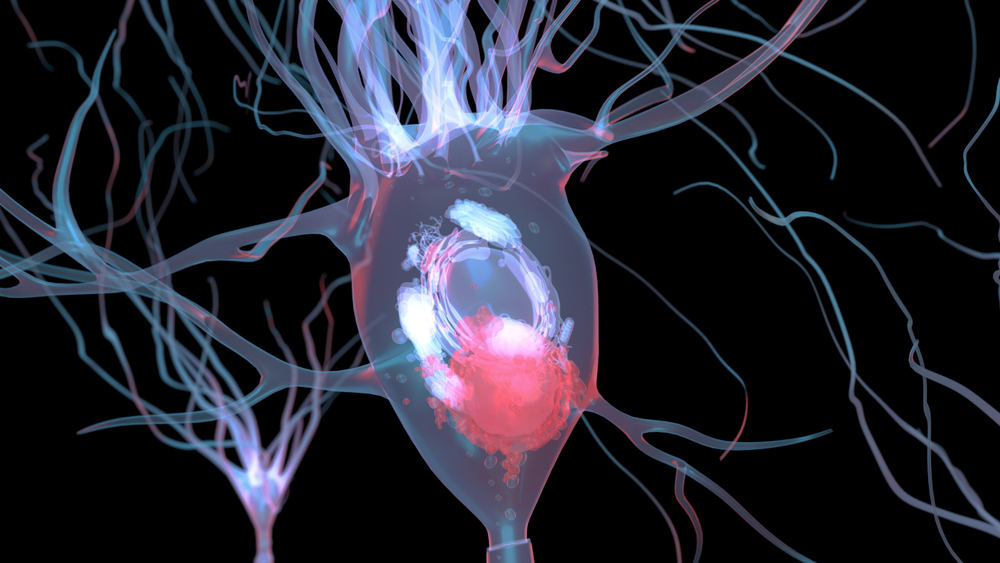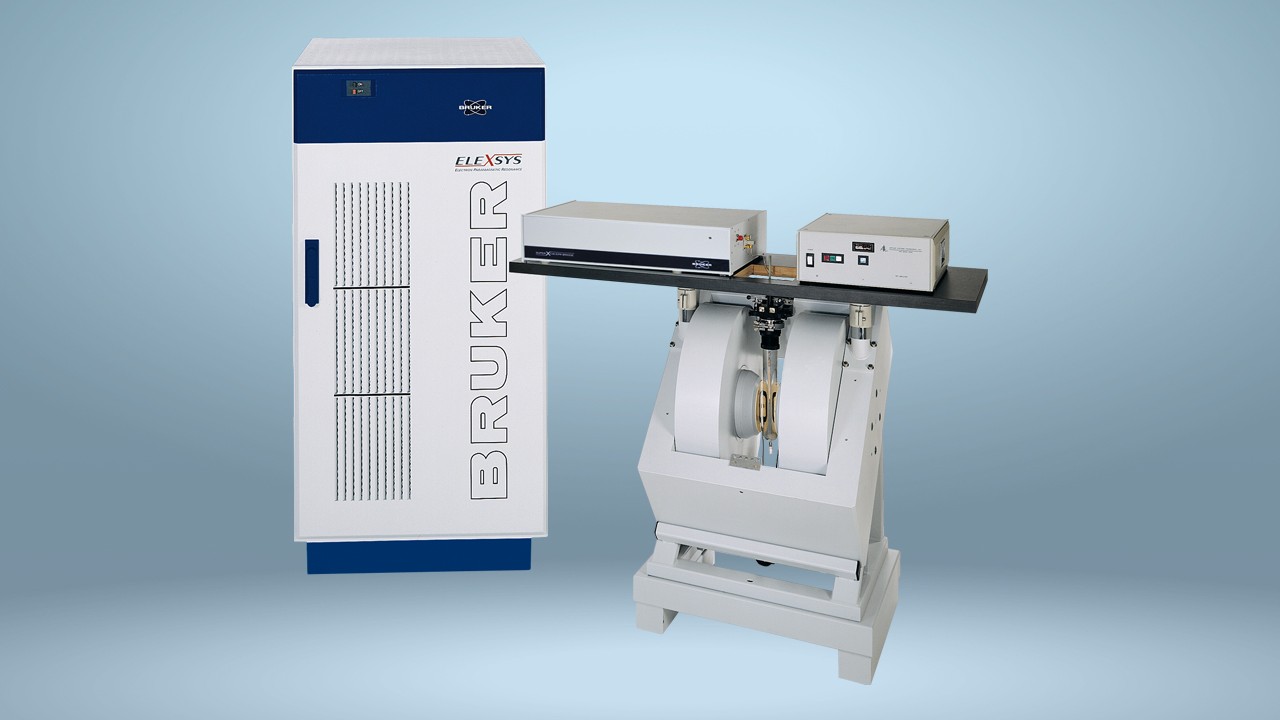

EPR Reveals Structural Changes in Alpha-Synuclein During Parkinson’s Disease
“Electron paramagnetic resonance (EPR) spectroscopy is a highly suitable spectroscopy technique to investigate dynamics and conformations of aS [alpha synuclein].”
A group of researchers from the University of Konstanz is researching the dynamics of alpha-synuclein, an intrinsically disordered protein found in the brain, in people with Parkinson’s disease using electron paramagnetic resonance (EPR) spectroscopy.
Clumps of aggregated proteins called Lewy bodies are often found in the brains of people with Parkinson’s disease. Alpha-synuclein is a protein commonly found in Lewy bodies that is thought to play a role in the development of the condition.
On-going research into the pathophysiology of Parkinson’s disease is therefore focused on understanding how and why Lewy bodies form.1
Under physiological conditions, alpha-synuclein is an intrinsically disordered protein with no tertiary structure. Scientists believe that it facilitates the release, transport, and uptake of neurotransmitters such as dopamine.
When alpha-synuclein is misfolded, it becomes less soluble and forms aggregates with other proteins in Lewy bodies, contributing to the development of Parkinson’s. However, it is not yet clear what causes alpha-synuclein to misfold.
Researchers believe that if they could find a way to prevent alpha-synuclein from misfolding and accumulating in Lewy bodies, we may be able to slow or halt the progression of Parkinson’s disease.
EPR can reveal information about protein dynamics in vivo
Electronic paramagnetic resonance (EPR) is a popular choice for exploring the structural and dynamic properties of proteins in vivo.
The technique is very sensitive to the local environment, and spin-labeling using paramagnetic labels at specific amino acid positions is often used to observe the structural topology and dynamics of proteins, a technique is known as site-directed spin labeling (SDSL).
In SDSL, when the spin-label is moving very rapidly in a flexible, disordered protein, the EPR spectrum of a protein reduces to three sharp peaks.
When the spin-label is moving very slowly or still, as it would be in a highly structured protein, the peaks in the EPR spectrum change and broaden until they reach their ridged spectrum limit, providing information about the structure adopted.
Observing the dynamics of alpha-synuclein with EPR
A team of scientists from the University of Konstanz has been leading the way in studying alpha-synuclein with EPR, and they have recently published a detailed how-to for their SDSL methods, including spin labeling, sample preparation, spectroscopy, and data analysis.
Spin labeled proteins are incubated with their desired interaction partners, then analyzed by Continuous- Wave-EPR using an using a Bruker benchtop EPR spectrometer from Bruker Biospin. Bruker’s Xenon software is used for data processing and EasySpin 5.2.8 for data analysis.
These researchers have also published several papers investigating alpha-synuclein and its interactions using their SDSL methods.
The team has shown that alpha-synuclein adopts different structures when it interacts with other substances, for example adopting a helical structure when it binds with mitochondrial membranes.
They also demonstrated that both mutated versions of alpha-synuclein found in people with Parkinson’s and wild-type versions of the protein remain intrinsically disordered in cells.
The EPR techniques developed by researchers at the University of Konstanz will undoubtedly support the ongoing research efforts into understanding the dynamics of alpha-synuclein in healthy people and those affected by Parkinson’s disease.
Reference:
1 Cattani J, et al. Probing Alpha-Synuclein Conformations by Electron Paramagnetic Resonance (EPR) Spectroscopy’ in ‘Alpha-Synuclein: Methods and Protocols’. Molecular Biology, 2019. DOI: 10.1007/978-1-4939-9124-2_19.


